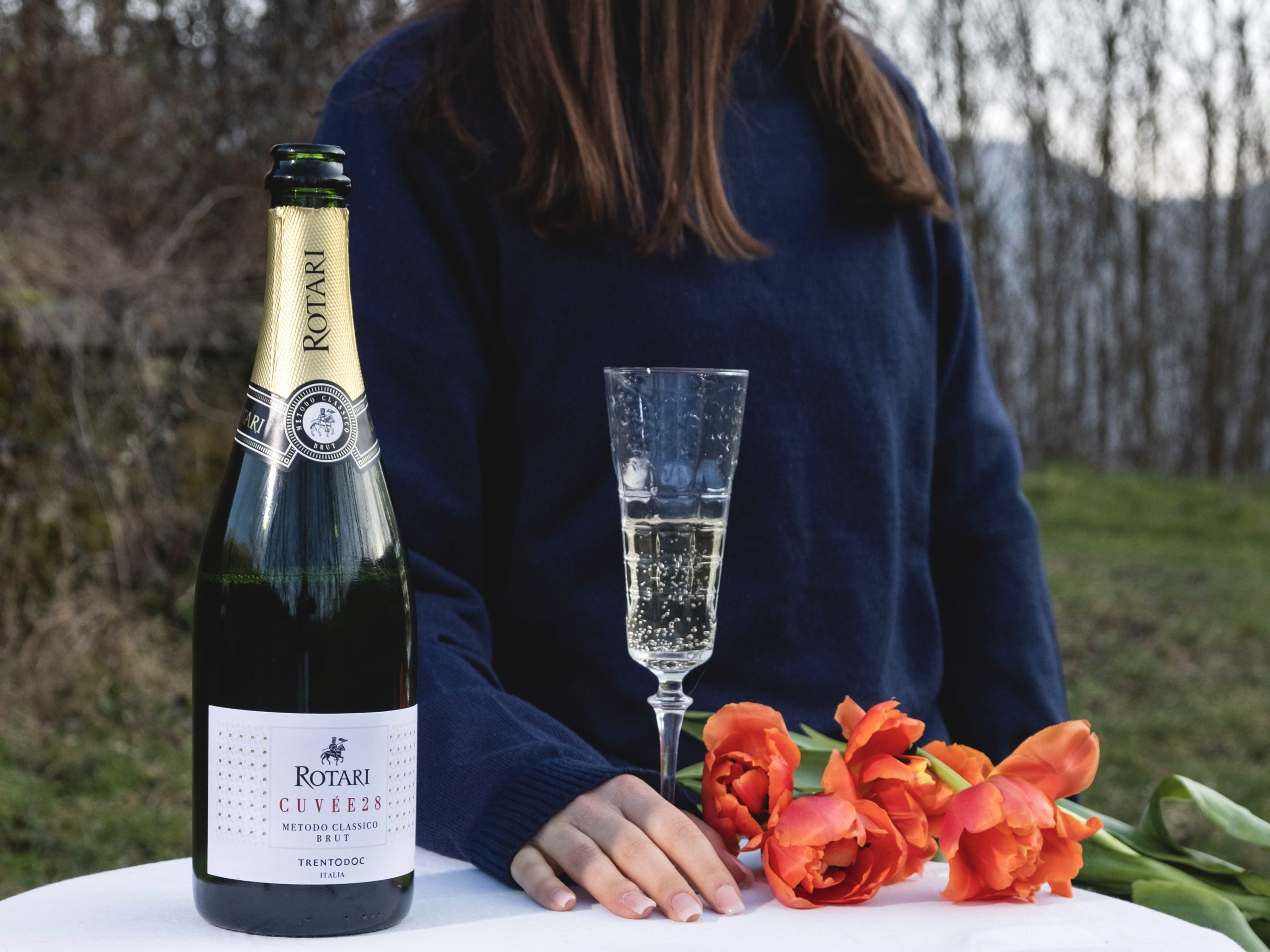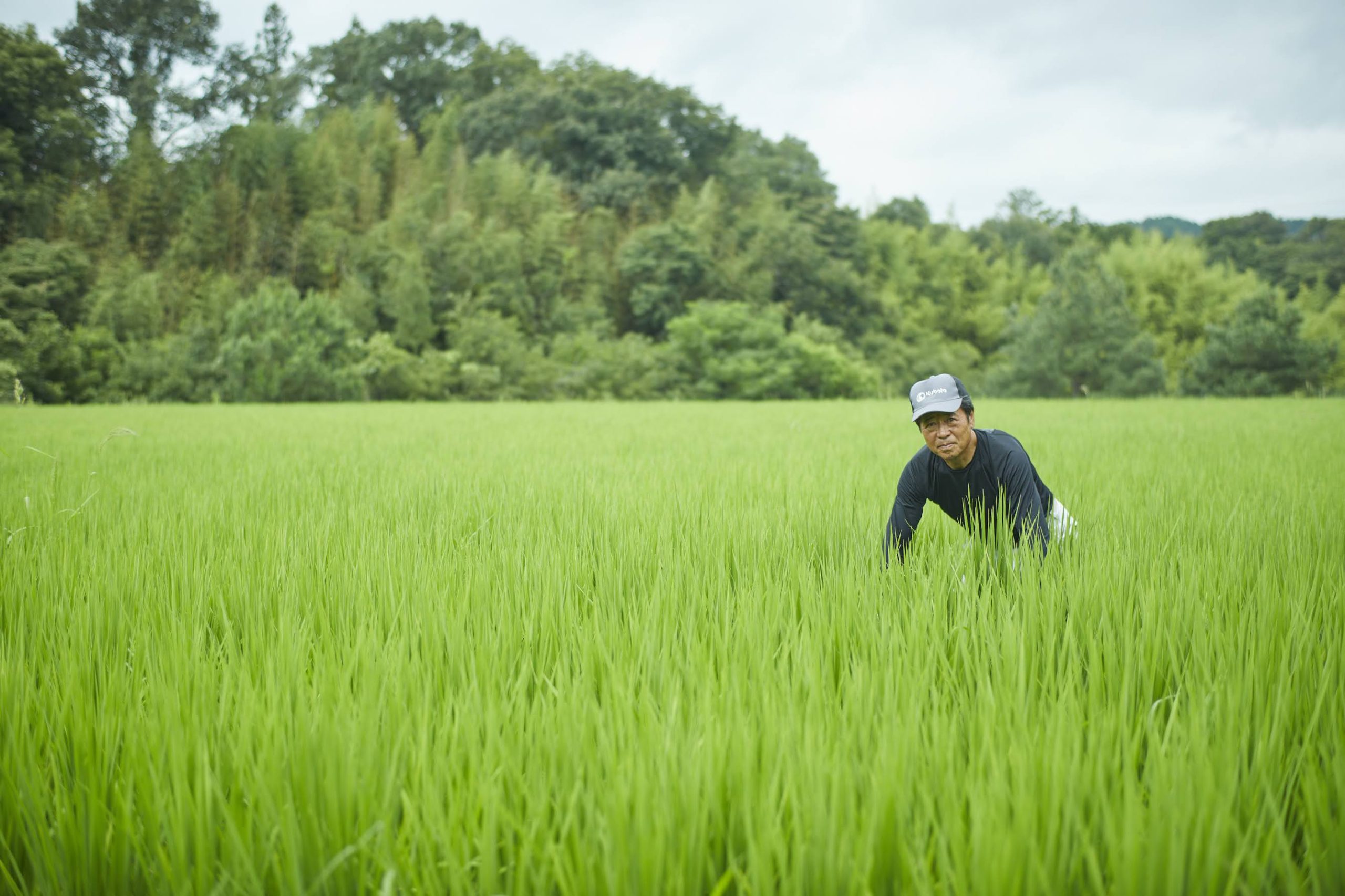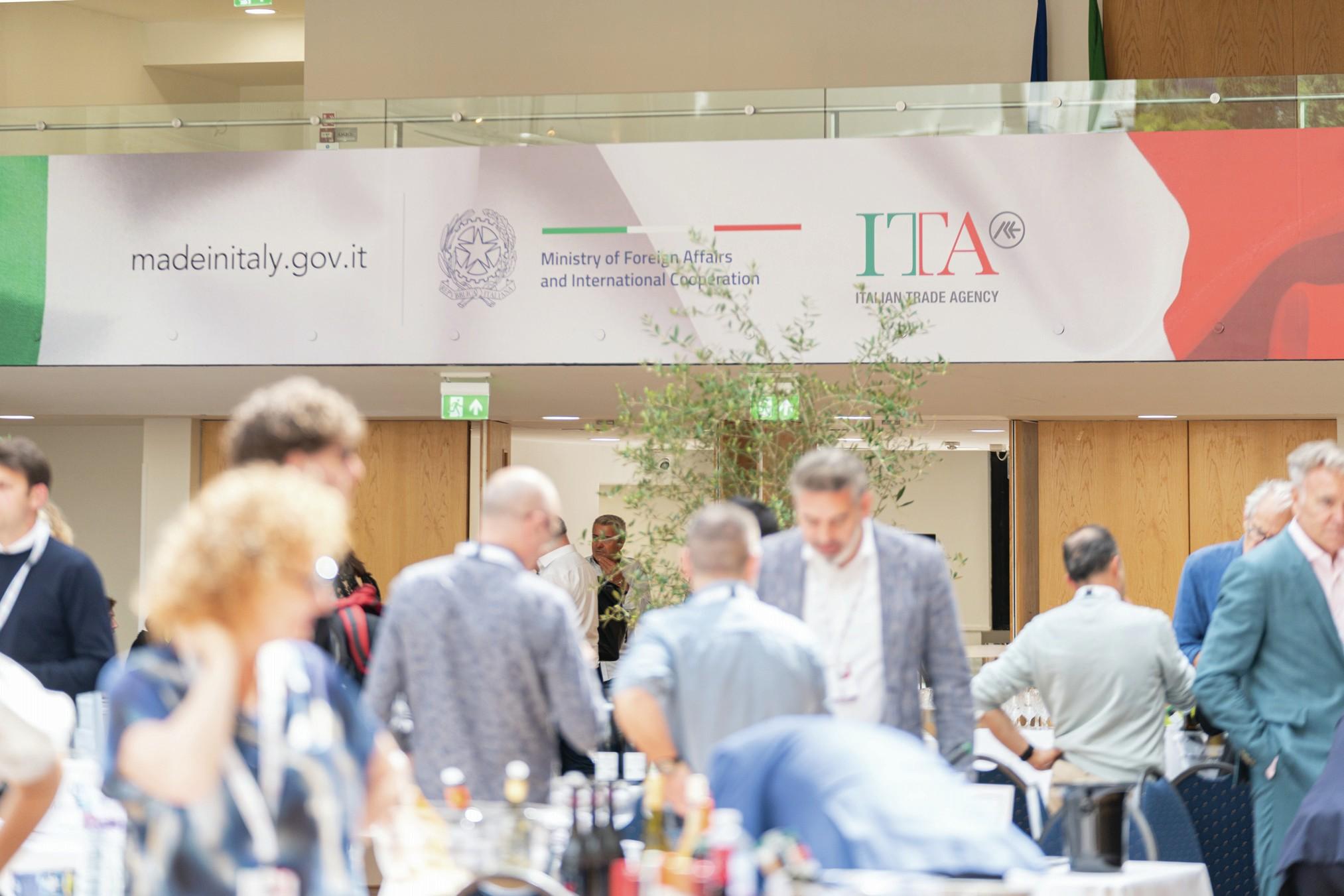Bluebell Vineyard launches first English still wines
Bluebell Vineyard has launched its first still wines made from grapes from the 2018 vintage including an estate white made from Chasselas, which it is also trialling in a sparkling wine.
The winery first decided to move into still wine production back in 2013, planting Bacchus, Ortega and Chasselas as a result. The result is the Ashdown range, comprising a Bacchus, Ortega, estate white and a rosé, made from Pinot Noir and unusually for England, Merlot.
Speaking to the drinks business about the progress of the English still wine category, head winemaker, Kevin Sutherland, said that it has been a “hard push” but that the future looked bright.
“With varieties being grown that the consumer is more familiar with, and full ripening becoming reliable, sales should increase”, he said.
Asked about the pricing of still wines produced in the UK, Sutherland echoed the sentiments of managing director of Surrey’s Litmus Wines, John Worontschak.
“The cost of wine production in England is not cheap therefore this needs to be reflected as well as the quality remaining high.
“Consumers should understand that English still wines are different from the rest of the world and should be accepted for what they are and not always compared or disregarded as inferior wines”, he added.
Bluebell will now devote 15% of its production to still wine, with the remaining 85% devoted to sparkling wines.
While Bacchus and Ortega are prevalent in the UK, grapes such as Chasselas and Merlot are far less common.
Partner Content
Bluebell has 1.6 hectares of Chasselas planted at its site. Sutherland states that he’s experimenting with the variety treating it differently depending on the ripening conditions.
“In 2018 the fruit was very ripe and we made a still wine from it (the estate white) as well as trialling 100 bottles as sparkling to see how it performs. I feel it is a variety that could go either way”, he said.
An early-ripening variety, Chasselas is the most widely planted white grape in Switzerland and is also found in Romania, Hungary, France, Germany, Austria, Italy, Spain, the US, Chile, Canada and New Zealand.
As for Merlot, Sutherland describes it as “challenging to say the least” but that it grows well so long as the canopy is managed correctly and green harvesting is conducted “once if not twice”.
Speaking about the 2019 season, Sutherland said it looked “very promising” with growth slowing down due to the cooler temperatures.
“Flowering was later than last year but still earlier that a “normal” year. I have just seen veraison on our Pinot Noir Précoce which is the same date as last year, anything can happen between now and harvest as we are still six to seven weeks off.”




